Sugar gliders are adorable, nocturnal marsupials that make unique and rewarding pets. If you’re considering bringing a sugar glider into your home, it’s important to know that they have special care needs that go beyond what’s required for more common pets like dogs and cats. At Galena Animal Medical Clinic, your Galena, MD, pet clinic, we understand the joy and responsibility that comes with owning an exotic pet like a sugar glider. This blog will guide you through the essentials of sugar glider care, from housing to diet and bonding.
By the end of this post, you’ll have the knowledge you need to provide a safe, healthy, and enriching environment for your new furry friend.
What Are Sugar Gliders?
Before diving into the specifics of sugar glider care, it’s important to understand a bit about these fascinating creatures. Native to Australia, Indonesia, and New Guinea, sugar gliders are small, tree-dwelling marsupials known for their ability to glide through the air, thanks to the patagium, which is a flap of skin that stretches between their forelimbs and hind limbs.
Sugar gliders are social animals and live in groups in the wild, so they need plenty of interaction, both with their environment and their human owners. They are nocturnal, which means they are most active at night and sleep during the day. This behavior is something you’ll need to consider when setting up their habitat and providing care.
Setting Up a Comfortable Habitat
1. Choosing the Right Cage
Sugar gliders require a large cage with plenty of room for climbing, jumping, and gliding. The ideal cage should be tall and spacious, with bars spaced no wider than ½ inch apart to prevent your glider from escaping. A cage measuring at least 24 inches wide, 24 inches deep, and 36 inches tall is recommended for one sugar glider. If you have more than one, make sure the cage is large enough for them to move freely and interact.
Provide horizontal and vertical space for climbing. Sugar gliders love to climb, so including branches, ropes, and ladders in their habitat is essential. You can also add hammocks or sleeping pouches, as these gliders like to rest in cozy, enclosed spaces.
2. Temperature and Environment
Sugar gliders thrive in temperatures between 65°F and 85°F (18°C to 29°C), so avoid placing the cage in drafty areas or places with extreme temperatures, like near windows, air conditioning units, or heaters. Their habitat should be kept in a quiet area of your home, away from excessive noise and activity, as they can become stressed in loud or busy environments.
Ensure the cage is also placed away from direct sunlight, as overheating can be dangerous for these sensitive animals.
3. Bedding and Cage Maintenance
For bedding, use recycled paper pellets or shredded paper, rather than wood shavings, as these can cause respiratory issues. You should clean their cage regularly to prevent odors and bacteria build-up. Perform a full cleaning of the cage weekly, and spot clean any waste daily.
4. Create a Vertical Environment
Sugar gliders are arboreal (tree-dwelling), and they feel most comfortable in an environment that mimics their natural habitat. Include multiple platforms, branches, and platforms for climbing. Branching structures like safe, untreated wooden branches, ropes, and ladders allow them to exercise and practice their natural gliding skills.
Diet and Nutrition
1. Balanced Diet for Sugar Gliders
A proper diet is crucial to your sugar glider’s health. Sugar gliders are omnivores, meaning they eat both plant and animal-based foods. Their diet should include:
- Fresh fruits and vegetables (such as apples, berries, carrots, and leafy greens)
- Proteins (like boiled eggs, cooked chicken, or mealworms)
- Insects (which provide protein and simulate their natural diet)
- Nectar or glider-specific food that can be found in pet stores.
To avoid nutritional imbalances, it’s important to build their diet around a specially formulated sugar glider food mix. Many commercial sugar glider foods are available, but make sure they are high in calcium and low in phosphorus to prevent metabolic bone disease. Ask your vet for specific advice.
Provide fresh water daily in a clean water bottle or bowl. Make sure to change the water regularly to ensure it’s clean.
2. Foods to Avoid
Certain foods can be harmful to sugar gliders. These include foods high in sugar, such as chocolate, as well as dairy products, caffeine, and citrus fruits, which can upset their stomach and cause health issues. Avoid offering sugary treats like honey or processed human food, as they can lead to obesity and other complications.
The Pet Glider has a good list of safe and unsafe foods, which you can find here.
Socializing and Bonding with Your Sugar Glider
Sugar gliders are social animals that thrive on interaction with both their species and their human companions. Here are a few tips for bonding with your sugar glider:
1. Gradual Introduction to Your Home
When you first bring your sugar glider home, give them time to adjust. Keep their cage in a quiet area of the house and let them get used to their new surroundings. It’s important not to overwhelm them during the first few days.
2. Hand-Taming Your Sugar Glider
To build trust with your sugar glider, spend time near their cage speaking to them gently, so they get used to your voice. After a few days, try offering them treats through the bars of their cage. Once they are comfortable with your presence, you can begin handling them more directly.
3. Let Them Explore Outside of the Cage
Once your sugar glider has bonded with you, you can let them explore outside the cage. However, always supervise them during this time. Sugar gliders love to climb, jump, and glide, so provide a safe, enclosed space for them to explore and exercise. You can even buy or make a glider apron to wear!
Exercise and Mental Stimulation
Sugar gliders are highly active and need plenty of mental and physical stimulation. Set up climbing structures and toys inside their cage to encourage movement. Exercise wheels and foraging toys are excellent ways to keep your sugar glider physically active and mentally engaged.
Click here to access our earlier post on sugar gliders.
Frequently Asked Questions
1. How long do sugar gliders live?
Sugar gliders typically live for 10-12 years, though some can live even longer with proper care and attention.
2. Can I keep more than one sugar glider?
Yes! Sugar gliders are social animals and thrive when housed with another glider. However, make sure they are introduced properly to avoid territorial behavior.
3. Are sugar gliders nocturnal?
Yes, sugar gliders are nocturnal, meaning they are most active at night. They sleep during the day and will need a quiet, dark environment to rest.
4. Do sugar gliders require a special diet?
Yes, sugar gliders have specific dietary needs, including fresh fruits, vegetables, protein sources like insects or boiled eggs, and specially formulated sugar glider food.
5. How can I tell if my sugar glider is sick?
Common signs of illness in sugar gliders include lethargy, lack of appetite, changes in grooming habits, and abnormal breathing or discharge. If you notice these signs, contact a veterinarian immediately.
You can read more about sugar glider care at the PetMD website here. NC State Veterinary Hospital also has a great article on sugar glider care, which you can find here.
Schedule An Appointment At Our Galena, MD Vet Clinic
At Galena Animal Medical Clinic, your Galena, MD, pet clinic, we understand the unique care needs of exotic pets like sugar gliders. By following these care guidelines, you can create a safe, healthy, and happy environment for your sugar glider. If you ever have questions or need expert advice on sugar glider care, don’t hesitate to reach out to us!
Are you looking for more guidance on caring for your exotic pet? Schedule an appointment with our knowledgeable veterinarians today!
Click here to visit our Service page and find out more about our clinic and the animals we treat. You can also go here to learn more about our Critical Care services, or go here to learn more about our Exotic Pet care offerings.
This blog is meant to be informational only. Always consult with your veterinarian for the right medical advice, diagnosis, or treatment plan for your pet and follow their advice.

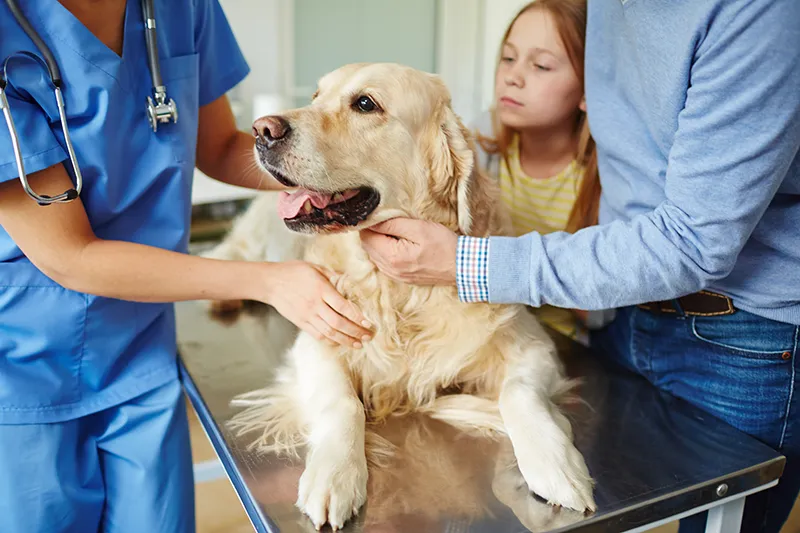
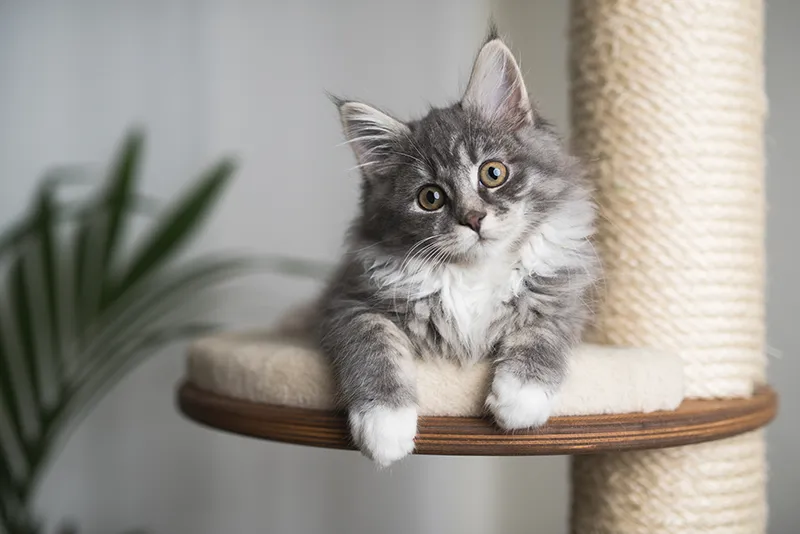

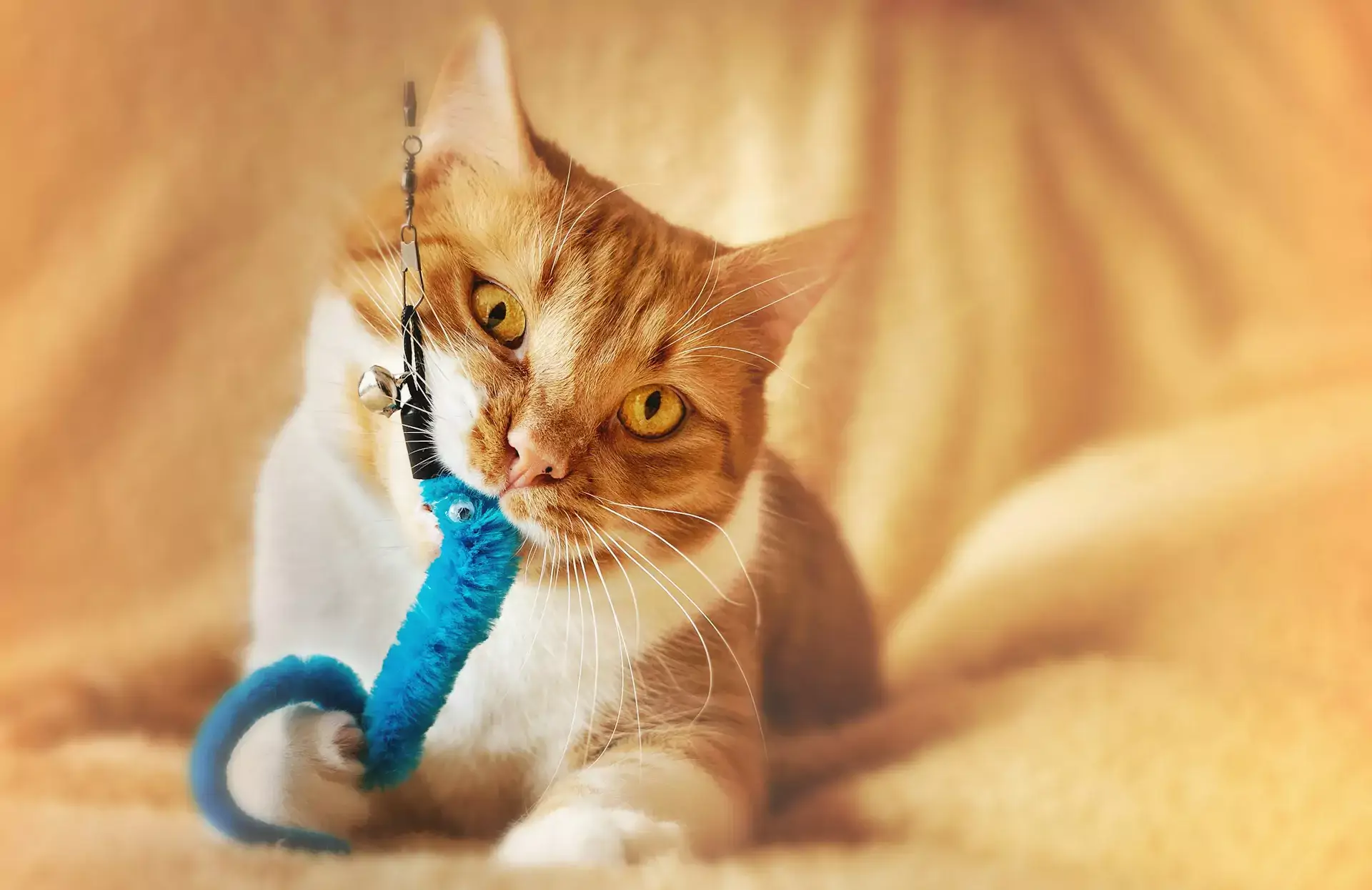
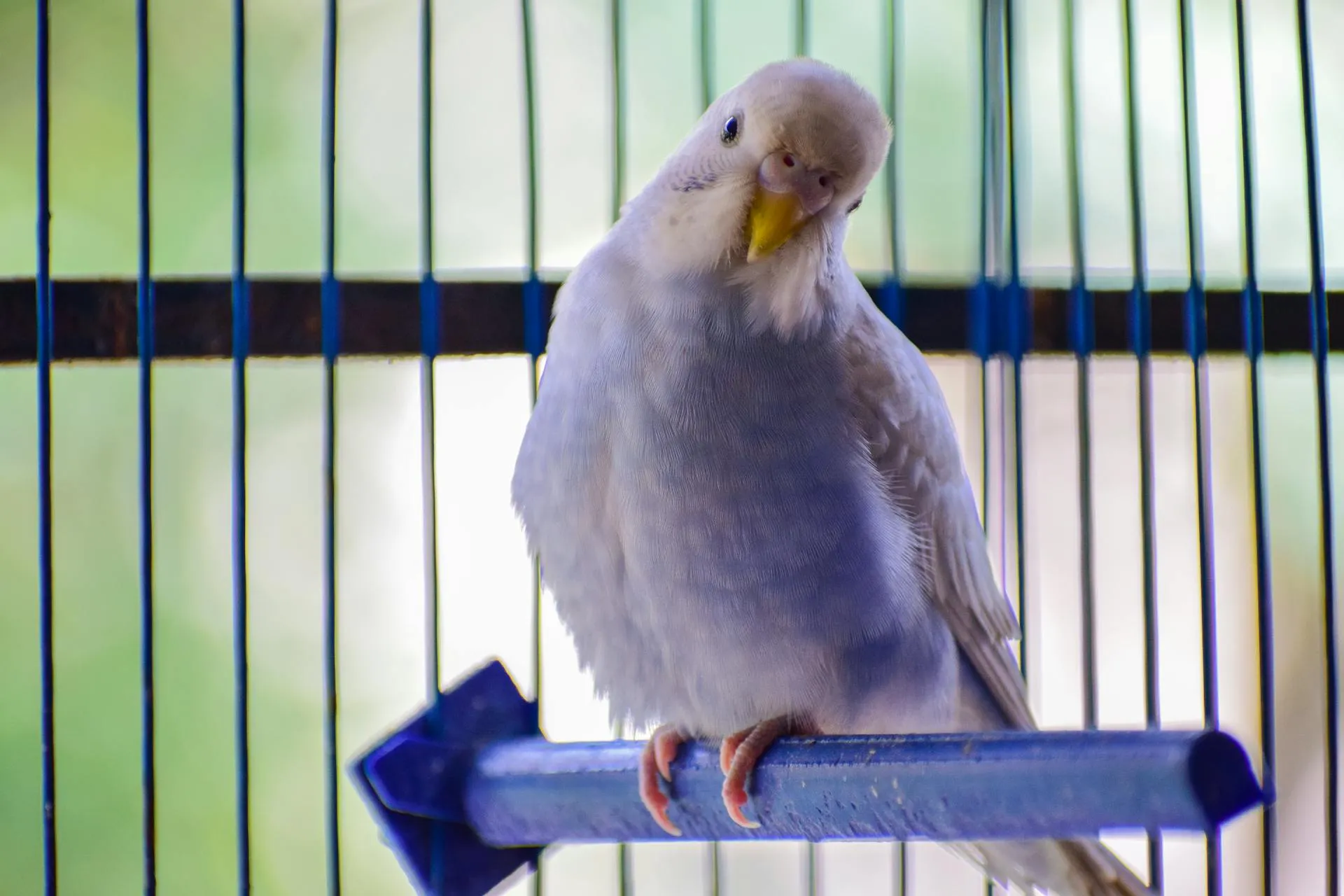
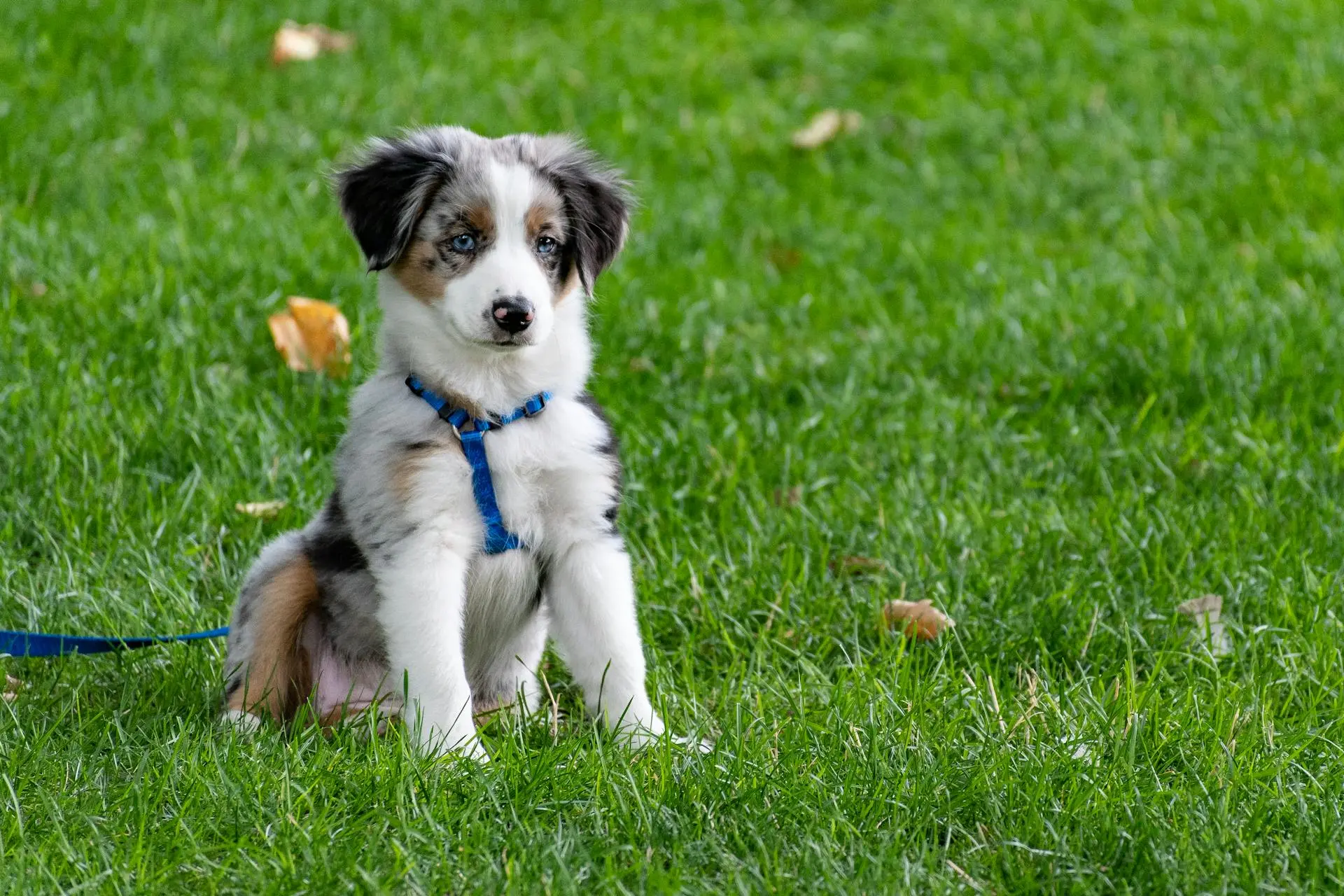
!Social Media Icons